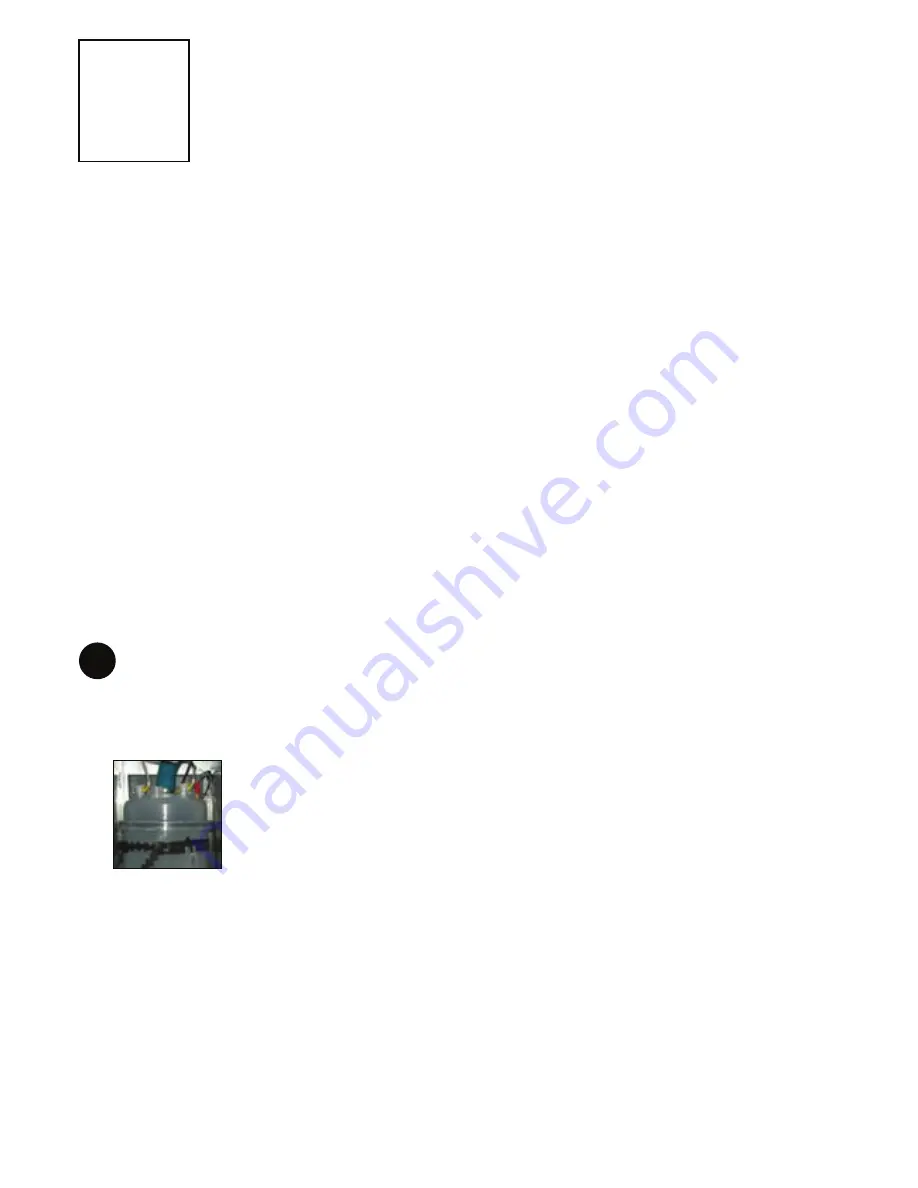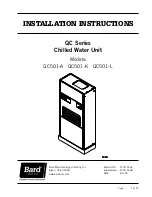
20
GB
2.
MAIN
FEATURES
Refrigerant fluid:
The entire JUPITER series is equipped with R410A, the range is“Ozone Friendly” in terms of both the refrigerant fluids
it uses and the foaming agents used for the insulating material. In the water cooled units the refrigerant circuit is pre-
charged with refrigerant, while in the units with remote condenser the circuit is filled with dry nitrogen: the unit must be
emptied and charged with refrigerant by the installer; Guidelines are available for calculating the piping and estimating
the amount of refrigerant required.
Internal water-cooled condenser
Remote air-cooled condenser (for DX models)
These units are characterized by a single circuit with copper tubes and aluminium fins, complete with low speed axial fans
to reduce the sound pressure level.
Air-cooled condensers for use with R410A are called CAP, the framework is made of galvanized steel coated in epoxy
powders with excellent weather resistant properties and are equipped with standard welded attachments. Special
surface treatments on the finned coil are available on request and increase the resistance to more aggressive weather
conditions.
The remote condenser is complete with an electric power and control board which is fully wired and tested in the
factory.
The fan management is of the standard modulating type with phase cutting regulation, for correct operation during the
within the overall dimensions of the equipment; in this case the phase cutting regulation is inside the unit.
Remote Dry-cooler with water/glycol
aluminium fins with low speed axial fans in order to reduce the sound pressure level.
The framework is made of embossed aluminium, with excellent weather-resistant elements. Special surface treatments
on the finned coil are available on request and increase the resistance to more aggressive weather conditions. The dry
cooler is complete with an electric power and control board which is fully wired and tested in the factory.
Electric Heaters
with aluminium finned heating elements complete with two safety thermostat with manual resetting to
cut off the power supply and activate the alarm in the event of superheating. Two heating power levels are available for
each model: standard and boosted. The finned elements are characterized by high efficiency in order to maintain a lower
power density on the surfaces, therefore limiting superheating of the elements and increasing their durability. Thanks to
the low surface temperature of the heating elements, the air ionization effects are also limited. This heating system has
a dual purpose:
heating capacity is therefore capable of maintaining the dry bulb temperature in the room during operation in dehumidifier
mode.
The units are available both with standard electric heaters and with increased modulating electric heaters (only for
units with 400/3+N/50Hz power supply) which guarantee adaptation of the heating capacity to that of the actual load
required.
Heating with a hot-water coil
This system is proposed as an alternative, or in combination with the electric heating system. It is characterized by a hot
water coil made with copper tubes and aluminium fins in a single array.
The reheat coil is made with a valve for venting air from the hydraulic circuit positioned at the highest point and accessible
from the front, and a modulating regulation valve with a servomotor controlled directly by the unit’s microprocessor
control. When t is used in combination with electric heating, this system takes priority over the latter. In units equipped
with increased electric heaters the hot water reheat option is not available. It serves a dual purpose:
capacity of the heating installed is able to maintain the dry bulb temperature in the room during dehumidification
mode.
Hot gas reheating
In the original TRANE version, this reheating system is proposed as an alternative to hot water heating and is only available
room which is being conditioned, thereby achieving a worthwhile energy saving. It features a coil with copper tubing and
aluminium fins and is situated downstream of the evaporating coil. This system is activated only during the dehumidification
phase when the air temperature falls below the set point, this system enables the temperature and relative humidity to be
regulated separately. Accurate temperature regulation is naturally the responsibility of the unit’s microprocessor control,
which manages an ON-OFF valve feeding the reheat coil.
















































